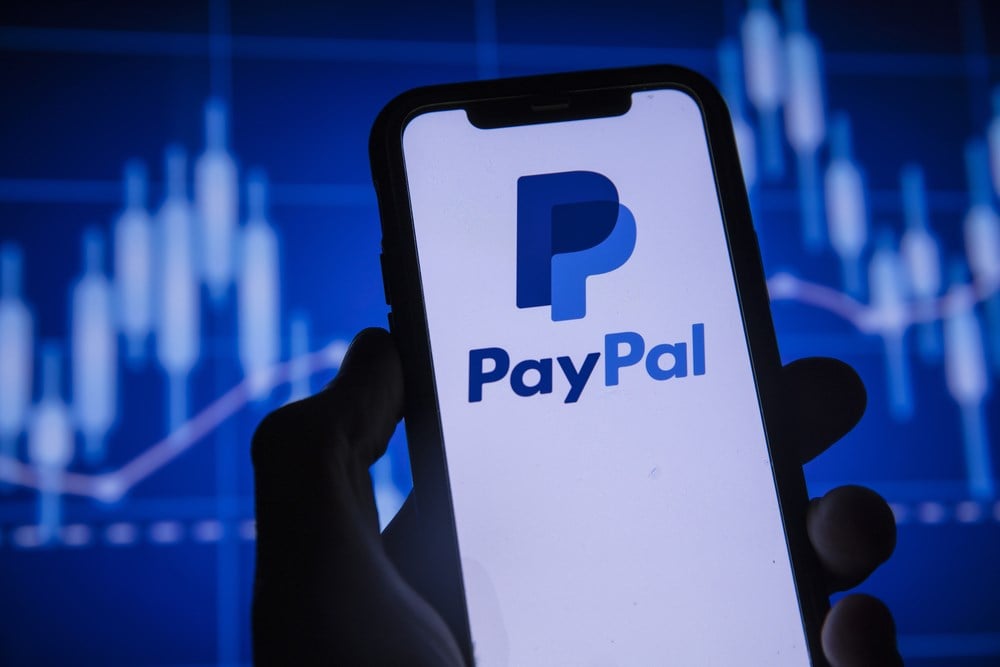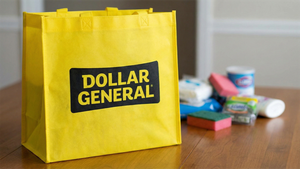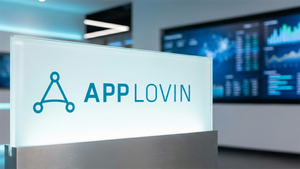
The leader in online payment services, PayPal (NASDAQ: PYPL), has seen its stock price decline by as much as 81.4% from its all-time high price of $310.16 per share during the midpoint of 2021. While these massive declines could be attributed to the United States FED raising interest rates, which has historically affected technology stocks the most, there are other bearish factors working against the company, such as a decline in earnings and competition.
However, PayPal has achieved a level of trust that is hard for others to achieve in the space, especially when money and personal transactions are involved.
Besides the level of trust that the company has gained through its years of operation, users seem to still prefer PayPal over competitors like Apple Pay Apple (NASDAQ: AAPL), which still have to go through the 'middle man' in companies like Mastercard (NYSE: MA) or Visa (NYSE: V). PayPal goes through a rigorous process of vetting its vendors and transactors to ensure the safety of its users. In either case, the company stands in between to ensure any malicious transactions are reprimanded.
Same Business, Cheaper Price
During the investor presentation going over PayPal's first quarter 2023 results, investors can review the satisfying 12% growth in total payment volumes. With 433 million active accounts, which grew by 1% annually despite all the recessionary and inflationary concerns hovering over users' minds, PayPal is still positioned to take over a much larger user base in this niche.
Considering that PayPal already owns approximately 50.3% of the global market share in the personal payment processing space, an 80% decline from all-time highs is out of the logical realm.
PayPal analyst ratings today point toward a 43% upside scenario from today's prices, with a top-side target price of $160 per share representing a 135% advance from where the stock is selling for today.
Considering that the stock is trading for a 28.8x price-to-earnings multiple, its lowest since its IPO (Initial Public Offering) and excluding the sell-offs during COVID-19. Acting as an advocate for an undervaluation case, investors can layer this view by comparing the valuation multiples that some of the other - more significant - names are carrying in this peer group.
One of PayPal's most direct competitors, Block (NYSE: SQ), cannot be placed in a similar comparison considering that it currently carries a net loss per share and thus no P/E ratio. More prominent names like Visa and Mastercard have 30.2x and 37.4x multiples, respectively, making PayPal the cheaper alternative for those investors looking to ride on the economic momentum.
In this case, economic momentum refers to the improvement in small and medium-sized business activity in the United States and overseas, as most economic indicators (such as the PMI) point to ample room for expansion in activity.
Where is the Breakout
Management bought back as many as 19 million shares during the first quarter of 2023, returning approximately $1.4 billion to investors. However, management has repurchased upwards of 48 million shares on a trailing twelve-month basis, reflecting a more significant capital return of $4.1 billion.
Furthermore, management has guided toward a total 2023 share repurchase program reaching $4 billion approximately, delivering subtle though important hints for those investors on the fence about acquiring some of these cheap shares.
Since management (insiders) have purchased stock at virtually the same prices as today, given the tight trading channel in PayPal's chart, everyday investors can pick up the company for the same price as management.
Understandably, some investors declined to buy PayPal's first decline to $123 per share back in the first quarter of 2022, as the Invesco QQQ (NASDAQ: QQQ) ETF was under imminent danger on the face of an increased possibility of more aggressive interest rate hikes from the FED. Today, PayPal stock went from a near-lockstep performance with QQQ twelve months ago to an underperformance spread as large as 36%. Considering that these two stocks are, historically speaking, highly correlated, PayPal is due for a rally to return to its normal behaviors of the past.
It would seem that the most heavily traded zones for this stock lie around the $170 to $200 per share ranges, a sensible target to shoot for once the underlying financials take on their cyclical bull run and when analysts subsequently pivot their sentiment as well as adjust their targets based on these facts.





